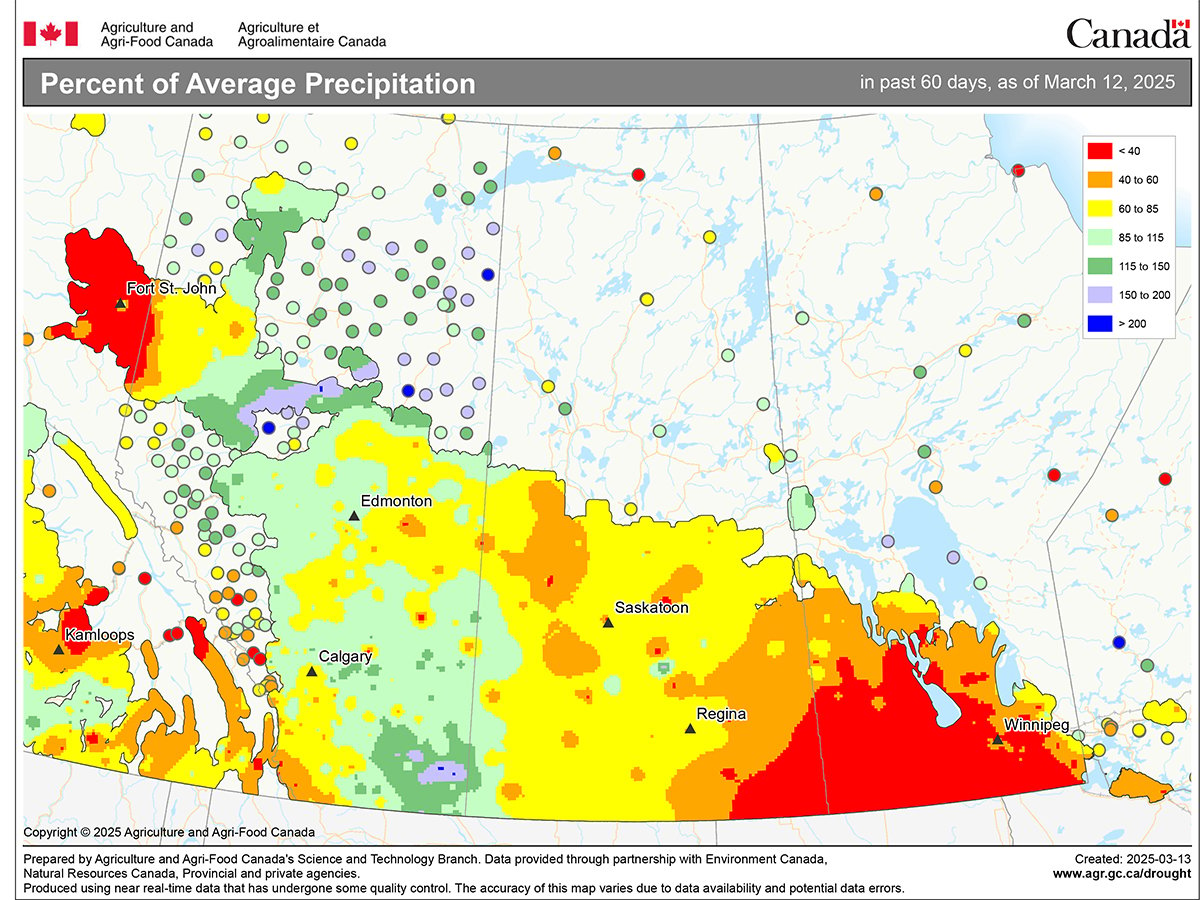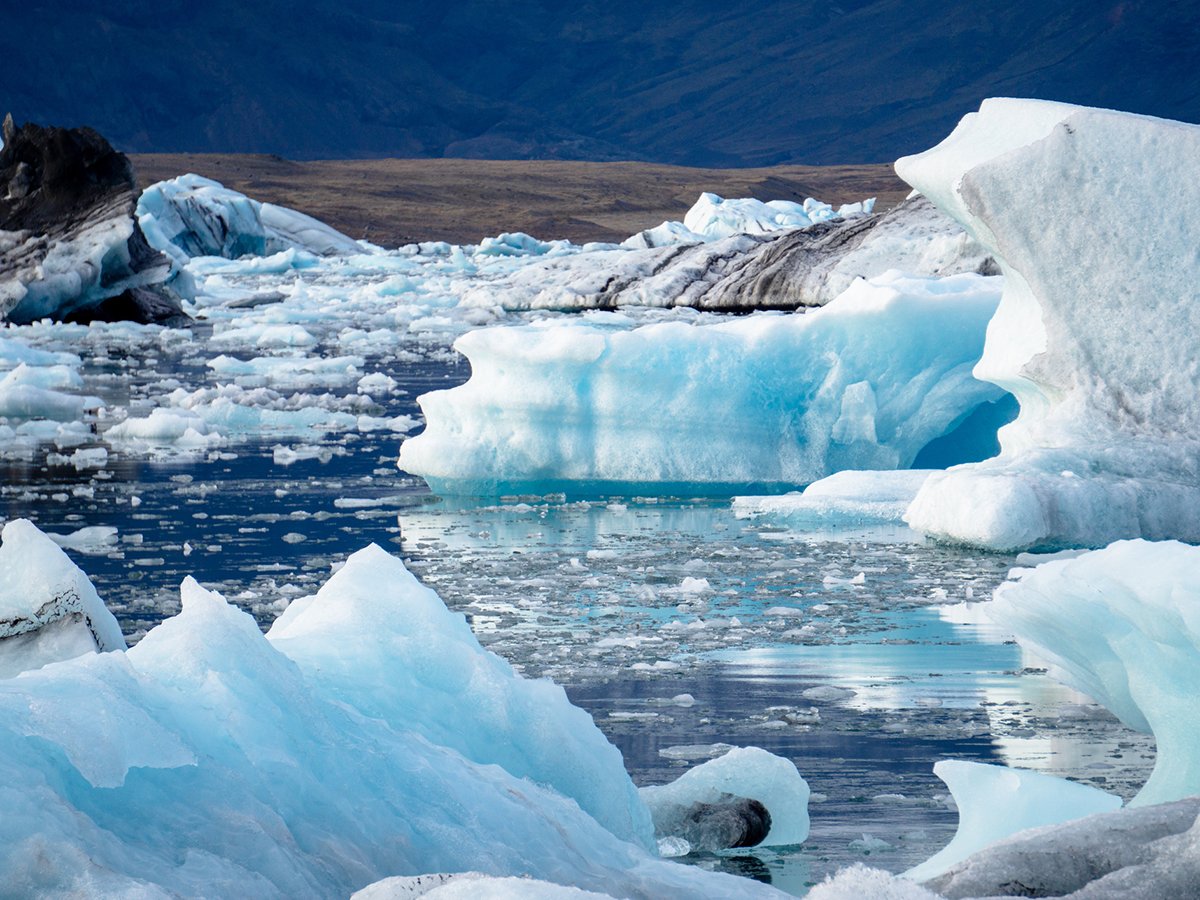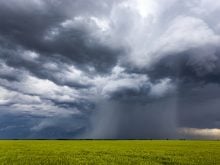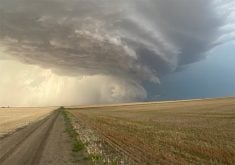The Atlantic Meridional Overturning Circulation is a series of ocean currents in the Atlantic Ocean that transport warm, salty water from the tropics northward near the surface and return colder, denser water southward at deeper levels.
It operates through a process called thermohaline circulation, which is circulation driven by differences in temperature and salinity.
Warm, salty water from the tropics flows northward along the surface, carried by the Gulf Stream. As this water reaches the colder regions of the North Atlantic, it cools, becomes denser, and sinks to the ocean depths.
Read Also

Canola oil transloading facility opens
DP World just opened its new canola oil transload facility at the Port of Vancouver. It can ship one million tonnes of the commodity per year.
This deep, cold water then flows southward, eventually resurfacing in other parts of the world, completing a global cycle that redistributes heat and regulates climate.
As the planet warms, melting glaciers and ice sheets, particularly in Greenland, release large amounts of fresh water into the North Atlantic. This influx of fresh water dilutes the ocean’s salinity, making the surface waters less dense and reducing their ability to sink.
This in turn slows down the deep-water formation that helps to power the AMOC. Add to this increased rainfall over the North Atlantic and rising ocean temperatures, and it results in the system being weakened even further or may even be in danger of collapse.
If the AMOC were to collapse, it would have profound implications for global climate patterns.
Western Europe could experience significant cooling due to the reduced northward heat transport. This shift might lead to harsher winters and a shorter growing season, affecting agriculture and energy demand.
Additionally, changes in precipitation patterns could result in increased droughts in some regions and flooding in others, disrupting ecosystems and human livelihoods.
The scientific community remains divided on the likelihood and timing of an AMOC collapse.
A recent study published in Nature suggests that the AMOC may remain stable even under extreme climate change scenarios. Researchers found that, despite a weakening trend over the past 150 years the system might not be as close to a tipping point as previously thought.
Recently, researchers concluded with a 95 per cent confidence range that the tipping point for the AMOC will occur sometime between 2025 and 2095.

That same study does point out that some of the researchers results show that the AMOC could undergo a partial tipping before the main tipping and shutting down of the current.
Trying to predict the future behaviour of the AMOC is complex due to limitations in climate and ocean models.
Several researchers and models are trying to predict what will happen if we keep warming or stay at the current temperature level. Some models suggest that the AMOC has multiple stable states or partial tipping points, while others indicate a single equilibrium, or one tipping point.
We now know that the AMOC is a critical component of Earth’s climate system, and its potential collapse poses significant risks.
The fact that most of the models show the potential for it to collapse at some point within the next 100 years or so really drives home the importance of our understanding of climate change.
Barring that, it should just scare us.
Daniel Bezte is a teacher by profession with a BA in geography, specializing in climatology, from the University of Winnipeg. He operates a computerized weather station near Birds Hill Park, Man. Contact him at dmgbezte@gmail.com.


















